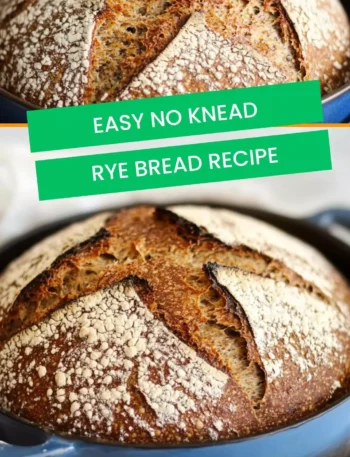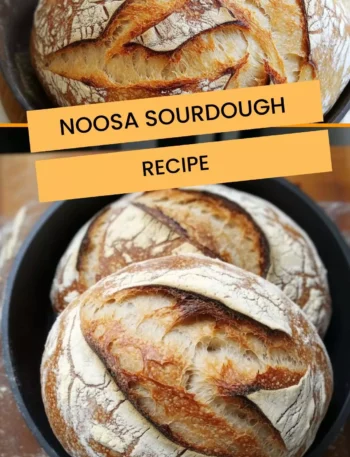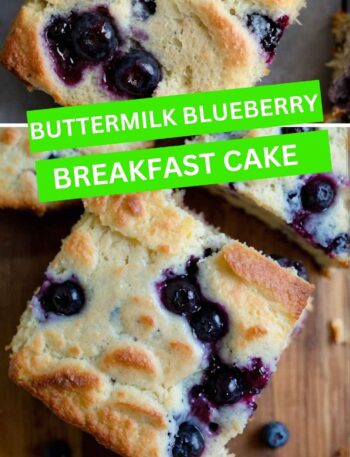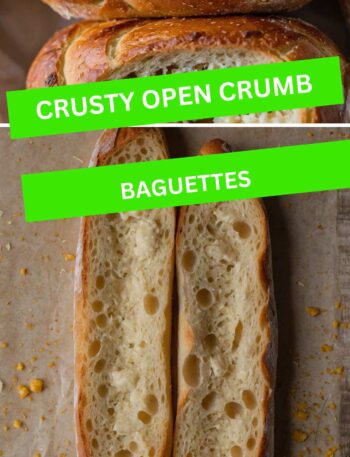Before we dive into the art of creating a classic shortbread, let’s talk pairings. A good shortbread cookie can complement various flavors, enhancing your experience. Think about serving it alongside a warm cup of tea or a rich cup of coffee. A drizzle of dark chocolate or a pinch of sea salt on top can elevate the cookie to new heights. If you want to get creative, consider pairing it with fresh berries or a scoop of vanilla ice cream. Each of these combinations can enhance the flavors and make your dessert experience even more delightful.
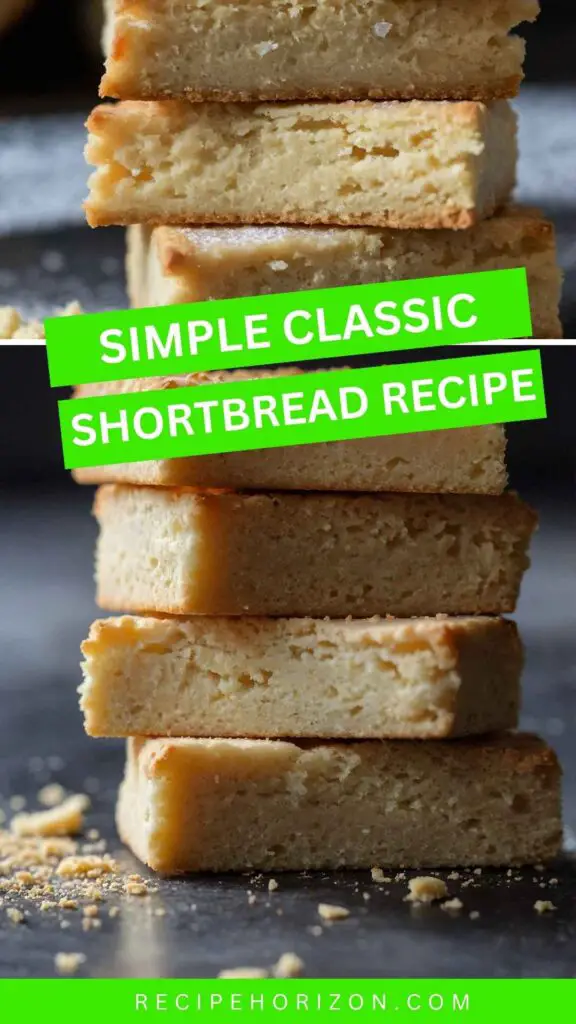
You’ll Also Like These Recipes
When I first stumbled upon a simple shortbread recipe, I was mesmerized. It’s one of those treats that makes you feel like a child again with every buttery bite. The beauty of this classic cookie lies in its simplicity. With just a handful of ingredients, you can create something heavenly. Shortbread is more than just a cookie; it’s a delightful experience that invites nostalgia and warmth. Today, I’ll walk you through the process of making this timeless treat. From its ingredients to personalized tips, we’ll cover everything you need to know to succeed in baking shortbread.
What is Simple Classic Shortbread?
Simply put, shortbread is a traditional Scottish biscuit made from flour, sugar, and butter. The name itself derives from the method of making it “short,” which refers to the crumbly texture achieved by using a high fat-to-flour ratio. Unlike cookies that are fluffy and soft, shortbread is firm, crumbly, and melt-in-your-mouth good. It’s the kind of snack that is perfect for a quiet afternoon or at a festive gathering.
What Makes This Recipe Different from Other Simple Classic Shortbread Recipes?
You might be wondering, “Isn’t all shortbread similar?” While the foundation remains the same, my recipe offers a twist that sets it apart. This one uses cornstarch, which adds an incredible tenderness to the final texture. While others might opt for granulated sugar alone, this recipe incorporates some sparkling sugar on top, adding both a delightful crunch and a touch of visual flair. Plus, I’ve included the optional addition of pure vanilla extract, enhancing the flavor profile. By paying attention to detail, we can elevate an already legendary classic to something truly extraordinary.
How Does It Taste?
Imagine this: a bite of your freshly baked shortbread. The outer layer has a little crispness, while the inside crumbles with a buttery richness. The slight sweetness of the granulated sugar perfectly balances the savory butter flavor, creating a harmonious experience. The optional vanilla extract adds a hidden depth, rounding out the overall taste. It’s a treat that lingers beautifully on your palate. Each nibble beckons another, making it dangerously addictive!
Ingredients You’ll Need to Make This Dish:
Making your shortbread is straightforward if you have the right ingredients. Here’s what you need for this delectable recipe:
2/3 cup (134 g) white granulated sugar: This will sweeten your cookies just right.
1 tablespoon cornstarch: This provides a tender crumb to the finished product.
1 cup (227 g) unsalted butter, softened to room temperature: The star of the show!
2 cups (256 g) plain all-purpose flour: This is the backbone of your shortbread.
1 teaspoon (5 g) fine kosher salt: This enhances the flavors beautifully.
1.5 teaspoons pure vanilla extract, optional: For that extra depth of flavor.
Sparkling sugar, for sprinkling on top: This adds a delightful crunch and shine.
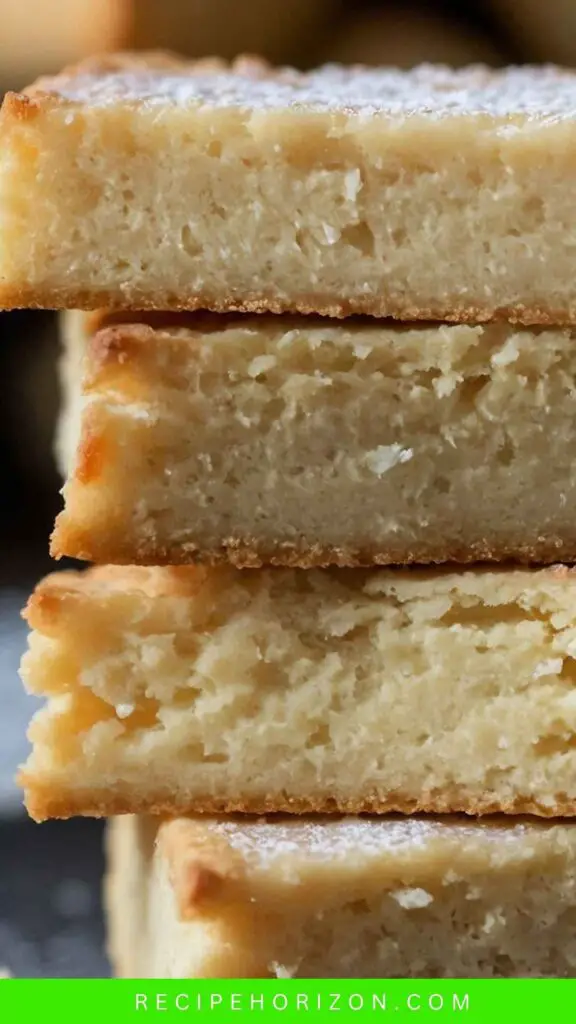
Step-by-Step Instructions
Now that we’ve gathered our ingredients, let’s roll up our sleeves and start baking.
Step 1: Preheat Your Oven
Preheat your oven to 325°F (165°C). An adequately heated oven is crucial for achieving that perfect cookie texture.
Step 2: Cream the Butter and Sugar
In a large mixing bowl, take your softened unsalted butter and white granulated sugar. Using a hand mixer or stand mixer, cream them together until the mixture is light and fluffy. This process typically takes about 3-5 minutes. Don’t rush this; it helps incorporate air into the batter, creating a light and airy cookie.
Step 3: Add the Dry Ingredients
Gradually sift in the plain all-purpose flour, cornstarch, and fine kosher salt into your creamed butter mixture. The goal is to combine everything gently, so you don’t lose that airiness you just built in the previous step. Use a spatula to fold the flour into the mix until just combined. You might see a bit of flour left; that’s perfectly alright—don’t over-mix!
Step 4: Optional—Incorporate Vanilla
At this point, if you want to add the pure vanilla extract, pour it in and fold gently again. You’ll start smelling that wonderful scent!
Step 5: Shape the Dough
Now you have a cohesive dough. Turn it out onto a floured surface. Shape the dough into a rectangle about 1/2 inch thick. You can use your hands to pat it down or a rolling pin to create an even surface.
Step 6: Cut Into Shapes
Using a sharp knife or a cookie cutter, cut the dough into squares or rectangles. Place the cut pieces onto a baking sheet lined with parchment paper. Leave a bit of space between each cookie for expansion.
Step 7: Sprinkle with Sugar
Before popping your shortbread in the oven, sprinkle a bit of sparkling sugar generously on each piece. This will create a delightful crust.
Step 8: Bake
Bake in your preheated oven for 20-25 minutes. You’re looking for a light golden hue around the edges. Keep an eye because every oven varies.
Step 9: Cool Down
Remove from the oven and let the shortbread cool on the baking sheet for about 10 minutes. After that, transfer them to a wire rack to cool completely. They’ll firm up further as they cool.
Tips & Tricks on Making Simple Classic Shortbread Recipe
Butter Quality Matters: Use good-quality unsalted butter. It significantly impacts flavor.
Room Temperature Butter: Ensure the butter is softened but not melted. Room temperature butter will cream with sugar much more effectively—creating that fluffy texture we crave.
Chill the Dough: If your dough feels too soft, refrigerate it for 15-30 minutes before cutting. This will help keep the shapes when baking.
Don’t Over-Mix: Remember, over-mixing can result in tough shortbread. Mix just until incorporated.
Experiment with Flavors: Try adding lemon zest, chocolate chips, or chopped nuts to diversify your shortbread.
Nutrition Information
While the nutritional information can vary, here’s a general outline per cookie (based on making approximately 16 cookies):
How Do I Store This Dish?
After you’ve made your delicious shortbread, you want to ensure they stay fresh. The best way to store your cookies is in an airtight container at room temperature. They can stay fresh for up to a week. If you want to keep them longer, consider freezing them. Just wrap them tightly in plastic wrap before placing them into a freezer-safe container. They’ll last for about three months in the freezer.
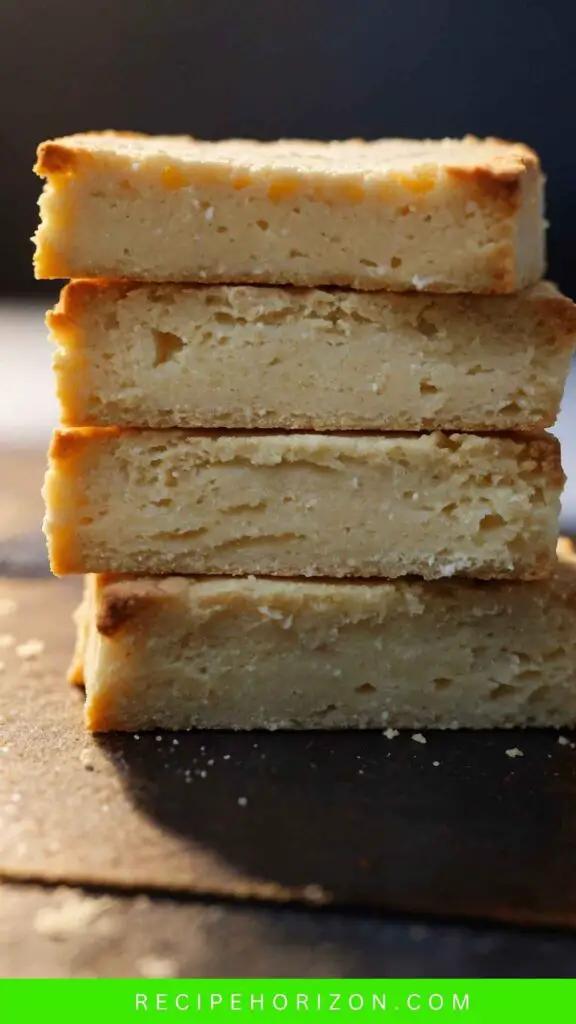
What Other Substitutes Can You Use in Simple Classic Shortbread Recipe?
Shortbread is versatile. Here are some substitutes to consider:
Almond Flour: If gluten is a concern, swap out some or all of the all-purpose flour for almond flour. It adds a delightful nutty flavor. You may need to adjust the butter amount slightly.
Coconut Sugar: Switch out granulated sugar for coconut sugar for a deeper flavor profile.
Ghee: For a unique flavor, replace unsalted butter with ghee. This can also enhance digestibility for some people.
Honey or Maple Syrup: If you prefer natural sweeteners, experiment with honey or maple syrup, but be aware that this will change the texture.
Flavor Extracts: Consider using almond or lemon extract in place of vanilla for a different flavor twist.
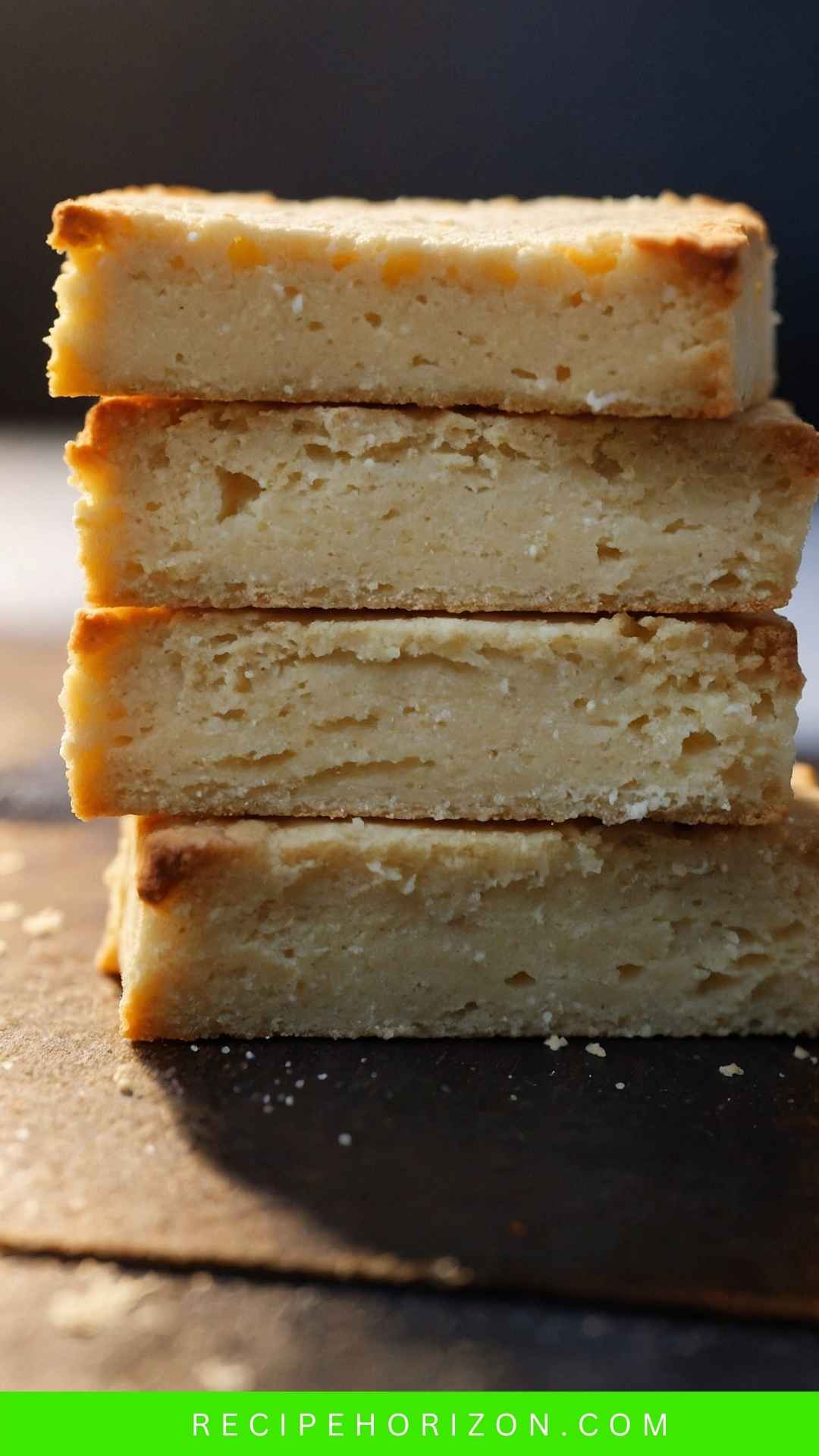
Simple Classic Shortbread Recipe
Ingredients
Equipment
Method
- Preheat your oven to 325°F (165°C). An adequately heated oven is crucial for achieving that perfect cookie texture.
- In a large mixing bowl, take your softened unsalted butter and white granulated sugar. Using a hand mixer or stand mixer, cream them together until the mixture is light and fluffy. This process typically takes about 3-5 minutes. Don’t rush this; it helps incorporate air into the batter, creating a light and airy cookie.
- Gradually sift in the plain all-purpose flour, cornstarch, and fine kosher salt into your creamed butter mixture. The goal is to combine everything gently, so you don’t lose that airiness you just built in the previous step. Use a spatula to fold the flour into the mix until just combined. You might see a bit of flour left; that’s perfectly alright—don’t over-mix!
- At this point, if you want to add the pure vanilla extract, pour it in and fold gently again. You’ll start smelling that wonderful scent!
- Now you have a cohesive dough. Turn it out onto a floured surface. Shape the dough into a rectangle about 1/2 inch thick. You can use your hands to pat it down or a rolling pin to create an even surface.
- Using a sharp knife or a cookie cutter, cut the dough into squares or rectangles. Place the cut pieces onto a baking sheet lined with parchment paper. Leave a bit of space between each cookie for expansion.
- Before popping your shortbread in the oven, sprinkle a bit of sparkling sugar generously on each piece. This will create a delightful crust.
- Bake in your preheated oven for 20-25 minutes. You’re looking for a light golden hue around the edges. Keep an eye because every oven varies.
- Remove from the oven and let the shortbread cool on the baking sheet for about 10 minutes. After that, transfer them to a wire rack to cool completely. They’ll firm up further as they cool.
Nutrition
Notes
Room Temperature Butter: Ensure the butter is softened but not melted. Room temperature butter will cream with sugar much more effectively—creating that fluffy texture we crave.
Chill the Dough: If your dough feels too soft, refrigerate it for 15-30 minutes before cutting. This will help keep the shapes when baking.
Don’t Over-Mix: Remember, over-mixing can result in tough shortbread. Mix just until incorporated.
Experiment with Flavors: Try adding lemon zest, chocolate chips, or chopped nuts to diversify your shortbread.
Tried this recipe?
Let us know how it was!Frequently Asked Questions
Can I make these cookies dairy-free?
Yes! You can substitute the unsalted butter for your favorite dairy-free spread or use coconut oil as a healthier alternative.
Can I ice these shortbreads?
Absolutely! Once cooled, you can drizzle or dip them in chocolate ganache or icing for an extra sweet touch.
Is there a way to make these gluten-free?
Yes, just substitute regular flour with a gluten-free blend. Be mindful of the moisture content and adjust the liquid ingredients if necessary.
What’s the best way to gift these?
Place the shortbreads in a decorative tin or box with parchment paper. Add a ribbon, and you’ve got a delightful homemade gift!
Can I add cocoa powder for chocolate shortbread?
Yes, you can replace a portion of the all-purpose flour with cocoa powder for chocolate-flavored shortbread.
Conclusion
Baking shortbread is a tradition that brings joy and nostalgia. This simple recipe has been my go-to for years. Each bite evokes memories of cozy afternoons with tea and laughter shared with friends. The beauty of shortbread is that it requires few ingredients but delivers a taste that many will remember. So, the next time you want a sweet escape or perhaps impress visitors, whip up a batch of these buttery delights. They’ll leave you with smiles and empty plates. Happy baking, and may your kitchen be filled with warmth and delicious aromas!

